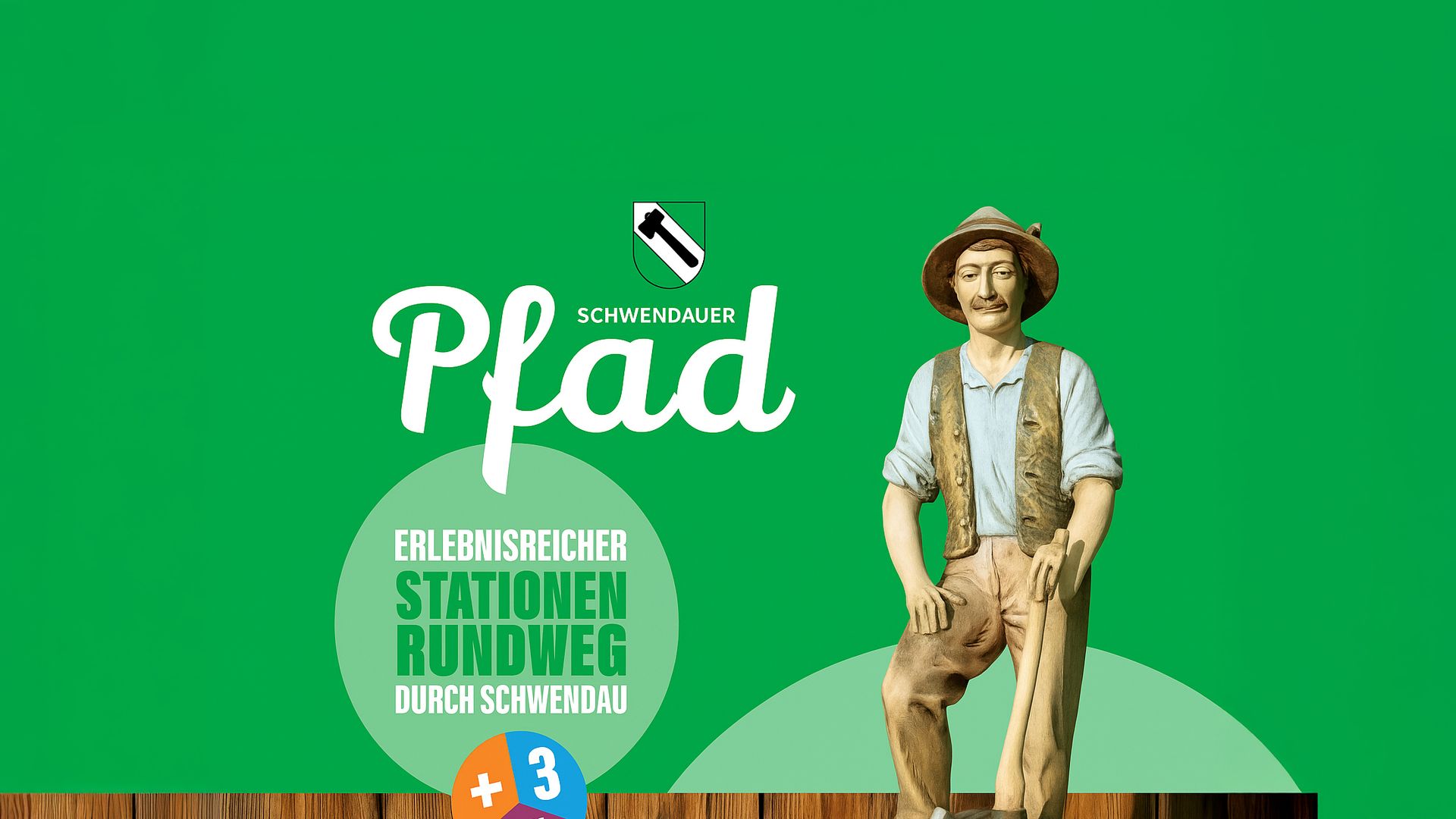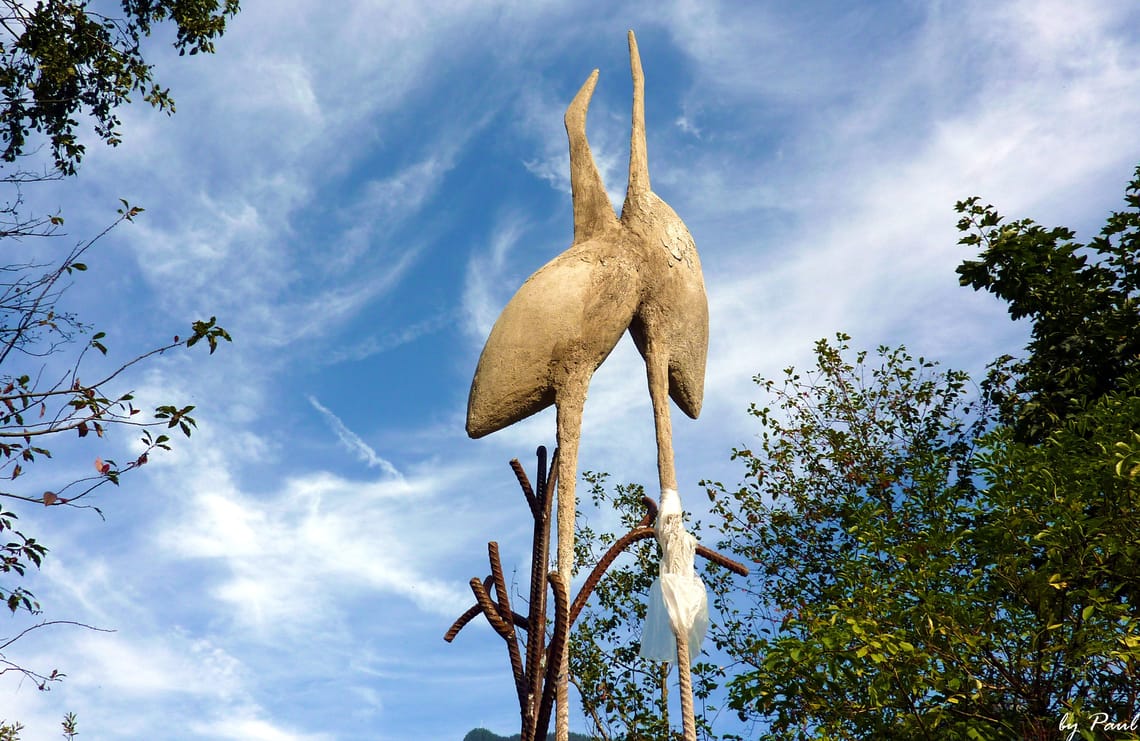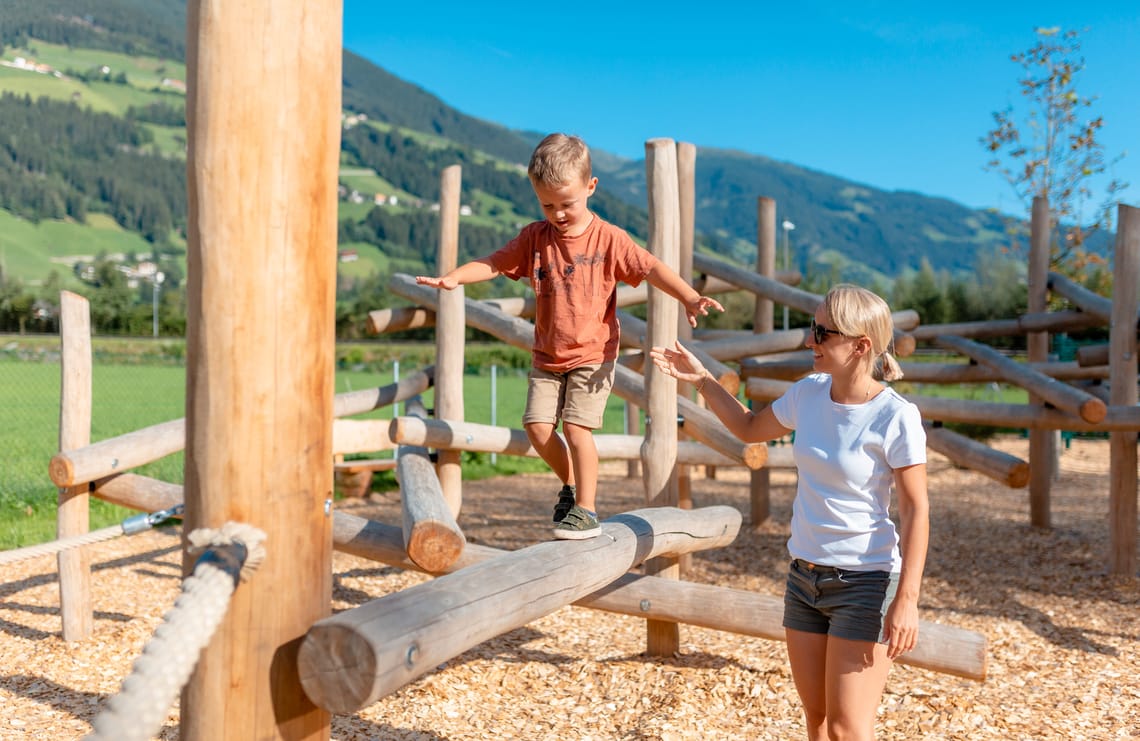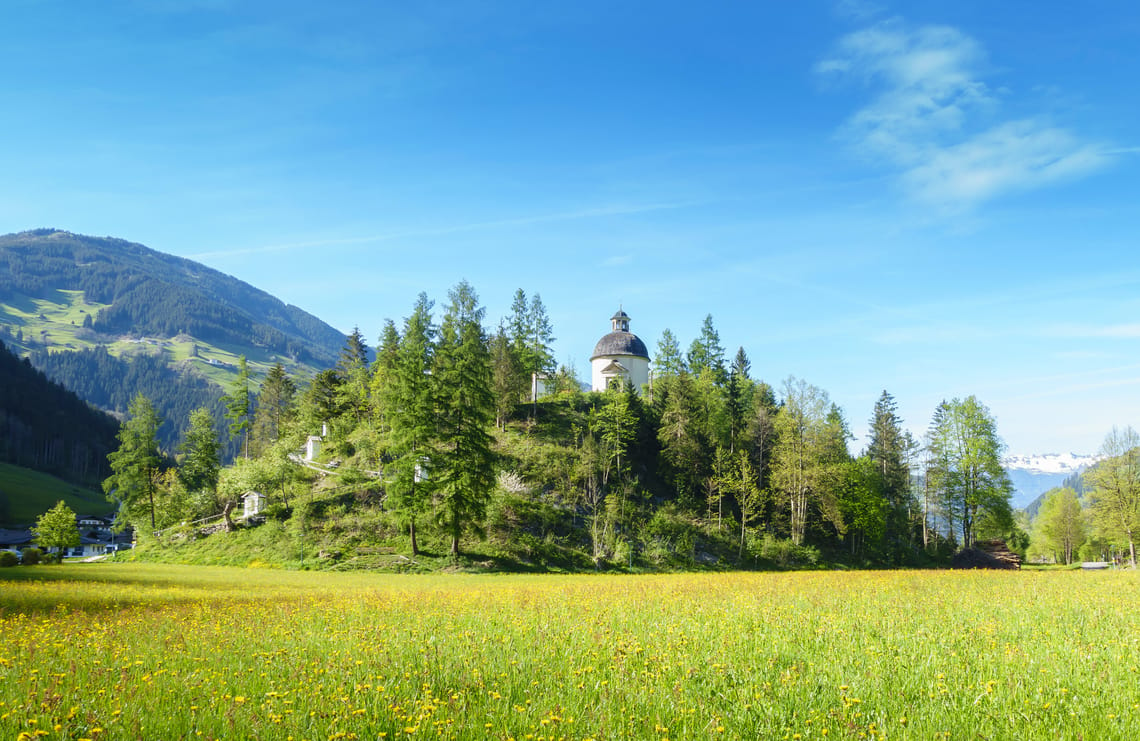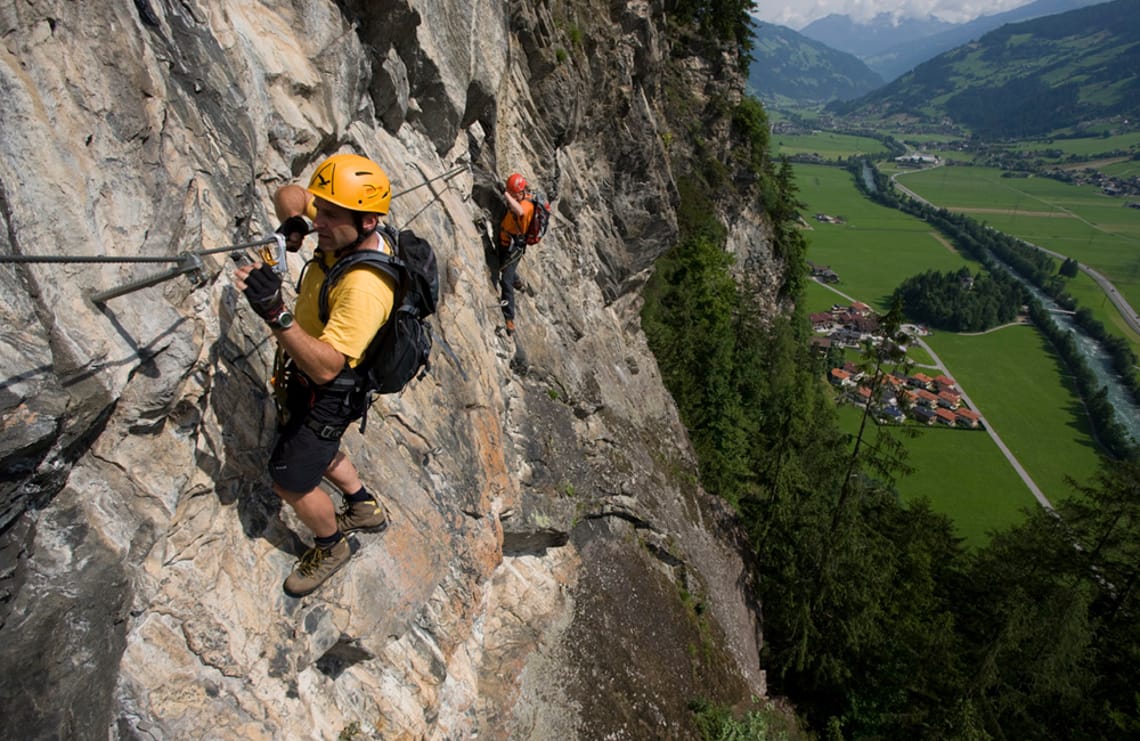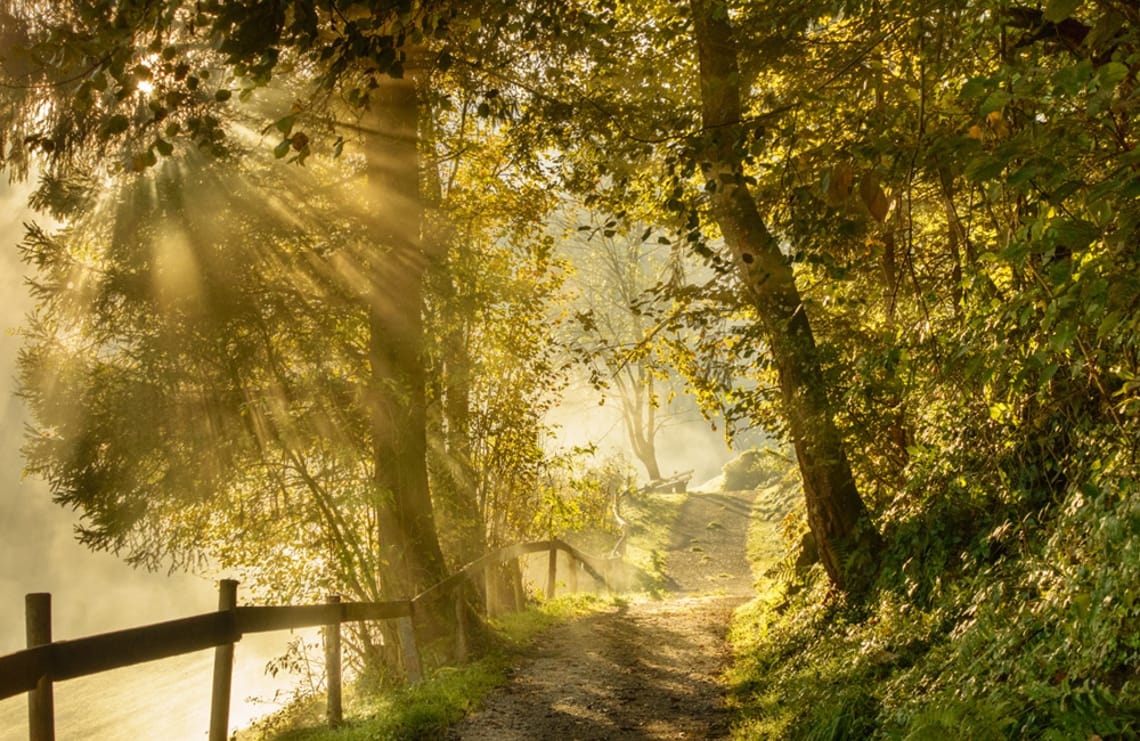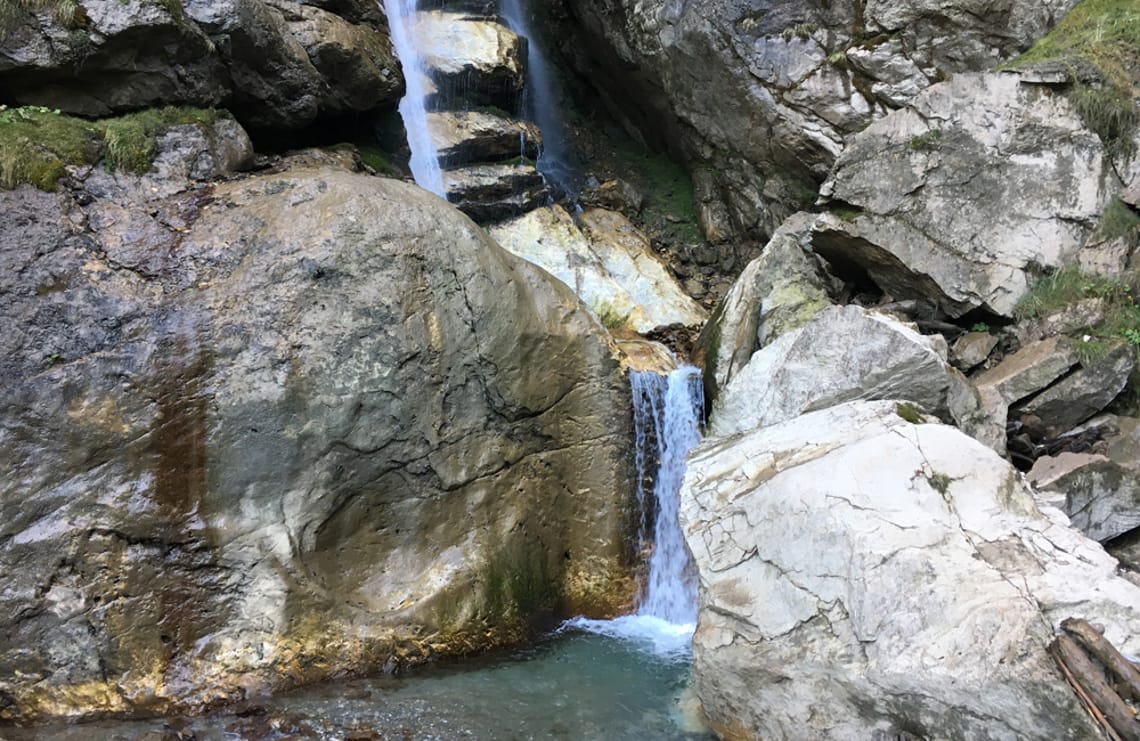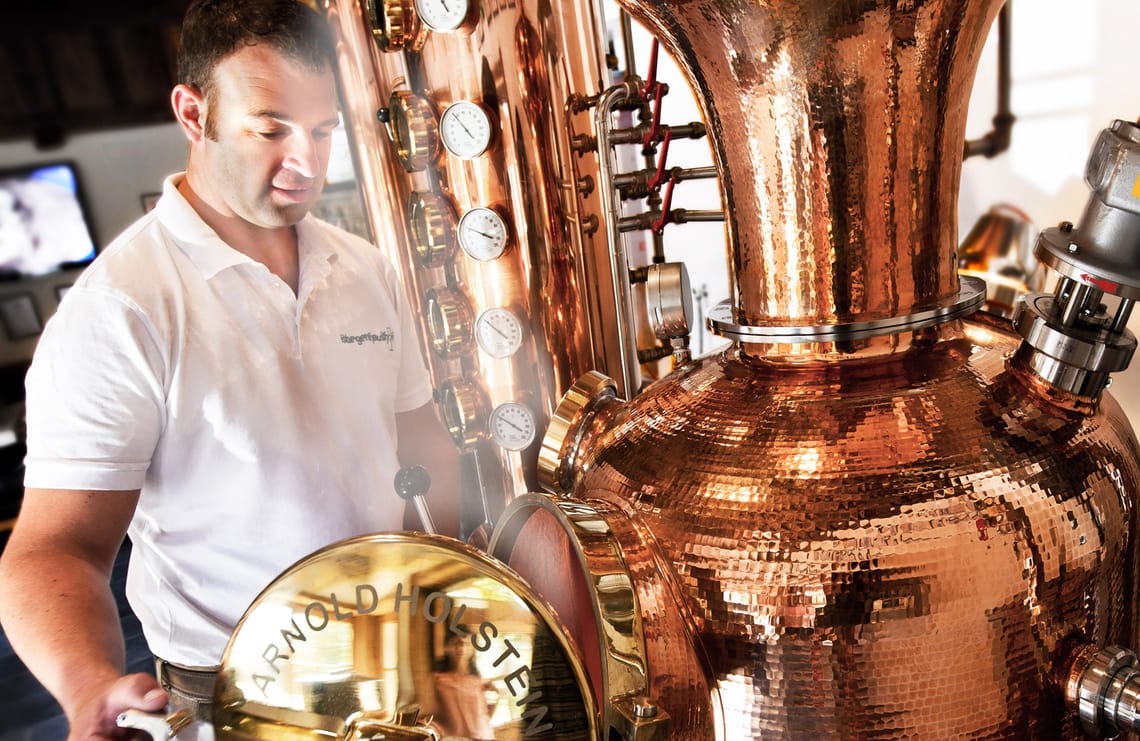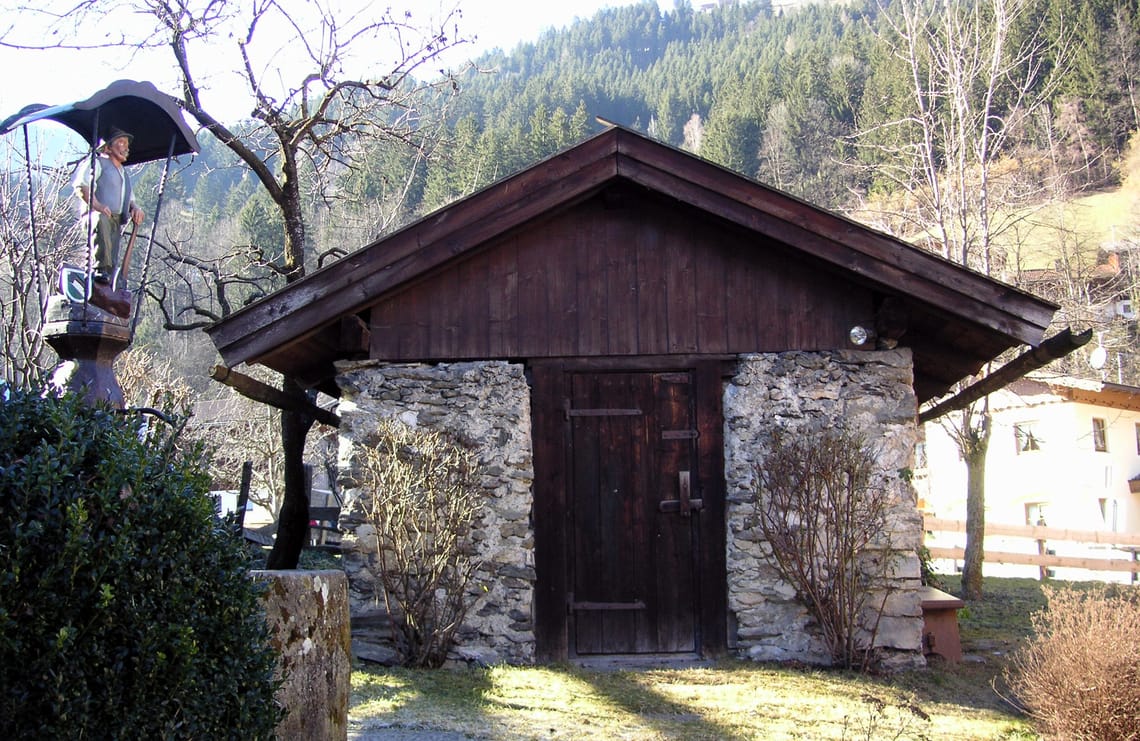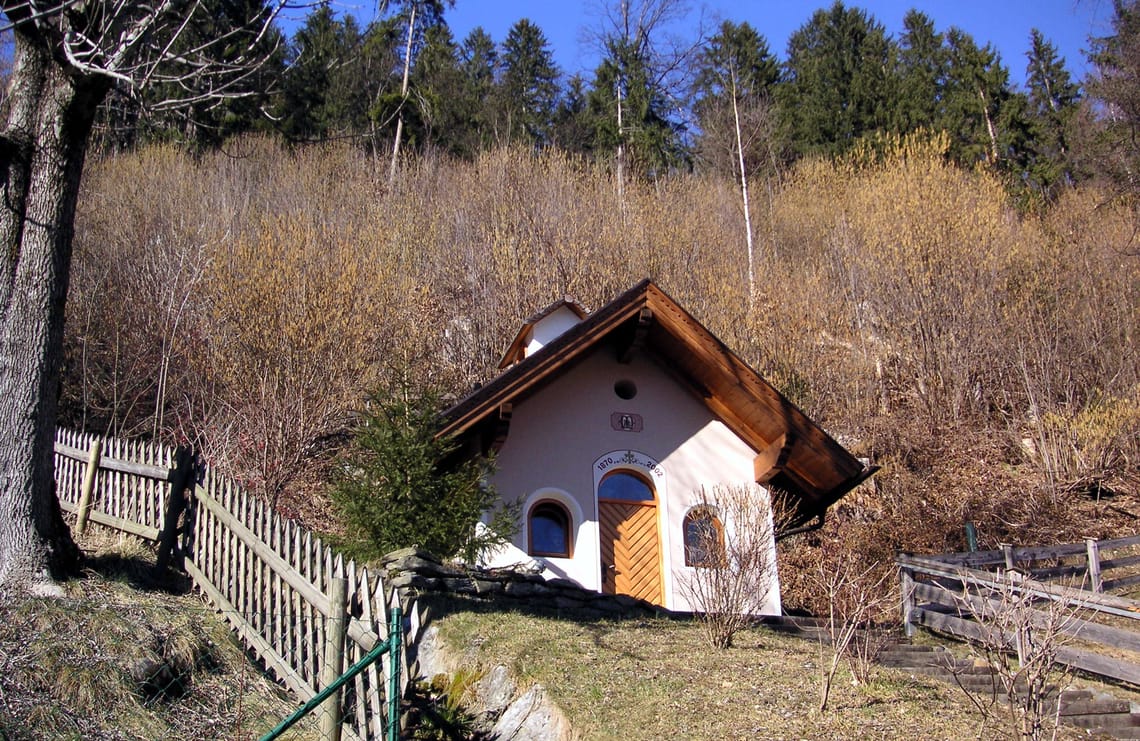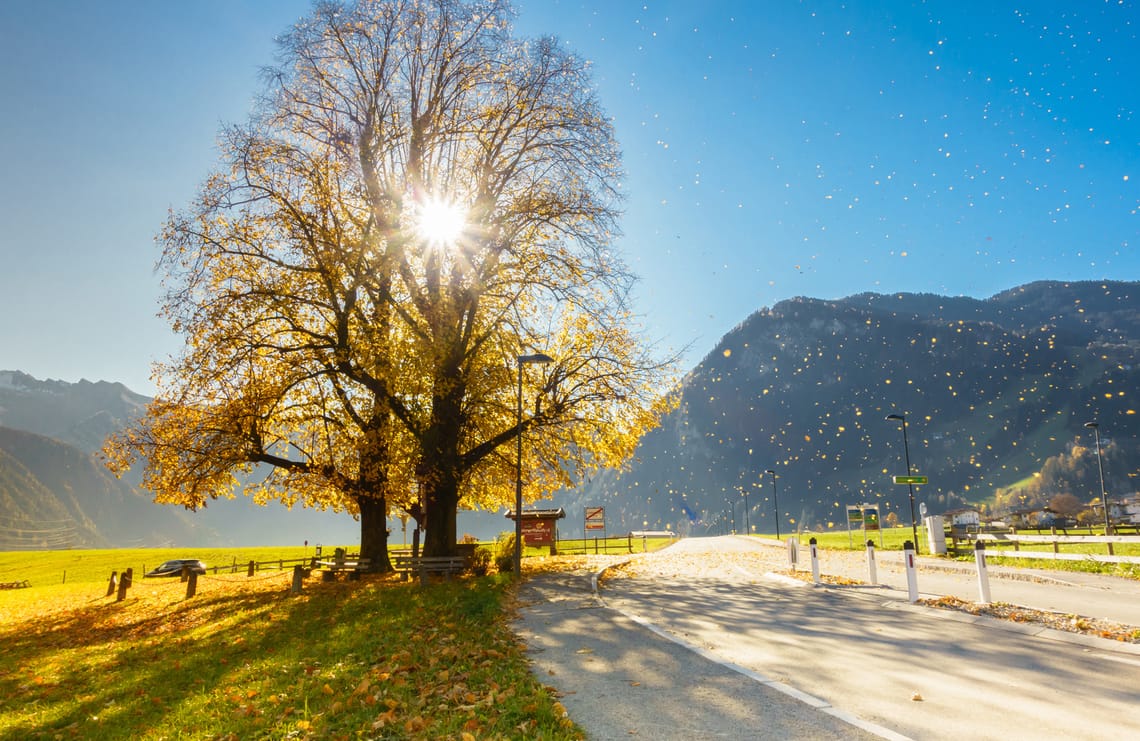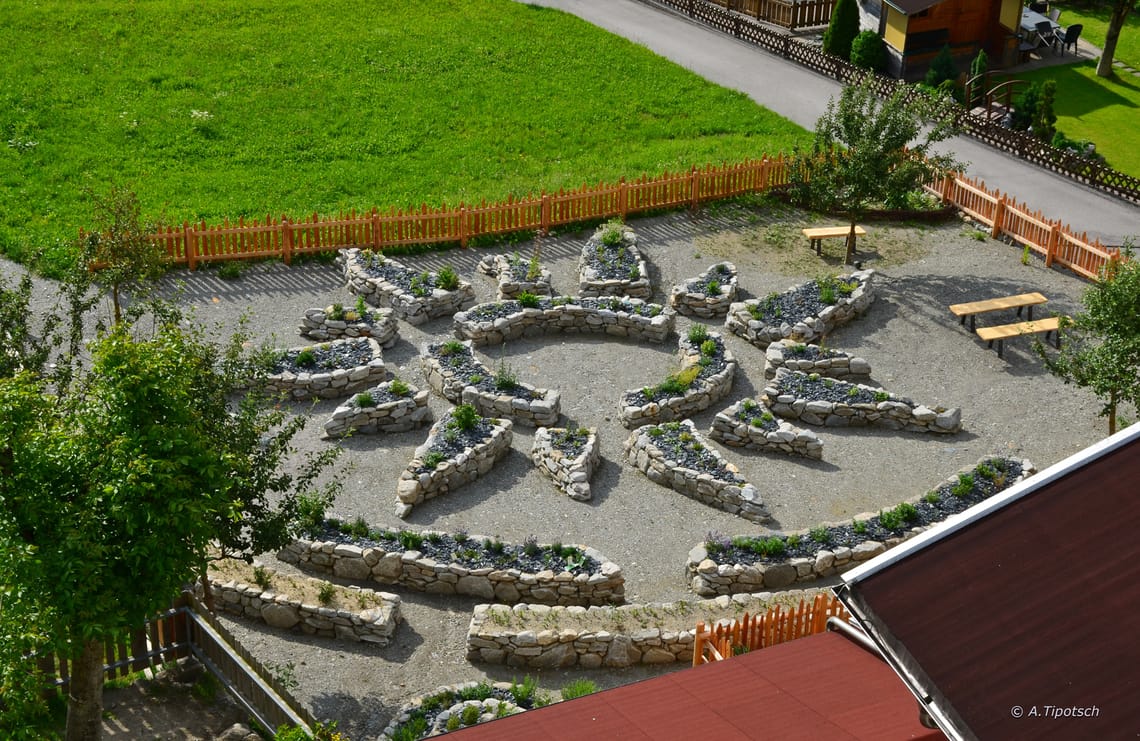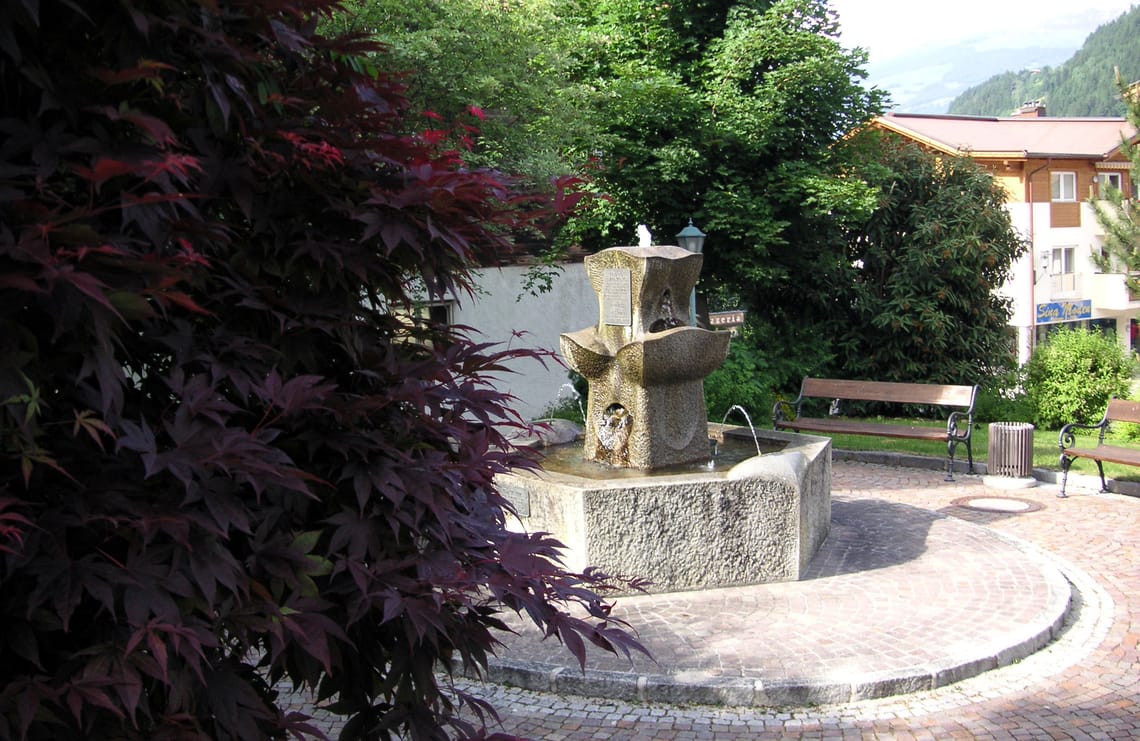Schwendau Trail
Exciting circular trail through Schwendau
Explore the incredible diversity of the local area downa variety of paths along the Schwendau Trail. The trail begins at Augasse with the Kunstfluss, an artistic waterway lined with striking wooden sculptures. Over the course of roughly 3.7 km, the route leads past the legendary Burgschrofen. Here, a short themed circuit offers a glimpse into its eventful history. Not far away lies the Zimmereben Circuit, climbing 240 metres uphill – best enjoyed as a separate tour in its own right. Continuing on, the Schwendau Trail reaches the Horbergbahn, where another option awaits: the medium-difficulty Waterfall Circuit. From here, the trail carries you gently onwards, finishing in the sunny heart of the village.
Schwendau Trail Details
Total length: 8.2 km
90 metres in elevation gain
Walking time approx. 2:30 h
Stations along the Schwendau Trail
1. Kunstfluss (River Art)
Running alongside the left bank of the Ziller promenade for around 3.7 km, the so-called Kunstfluss was created in 2008 to mark Schwendau’s 800th anniversary. Nine artists explored the cultural heritage of the Zillertal in the light of an increasingly globalised world. Their reflections, brought to life in wooden sculptures, have since found a permanent home in this public space. The idea is simple yet powerful: to turn a river of art into a river of thought, inspiring visitors to reflect, question, and even take action. Level of difficulty: easy
2. Auenland Sidan
Adventure awaits at Auenland! Opened in summer 2020, this 3,500 m² playground is a paradise for explorers young and old. There’s no shortage of ways to let off steam: a water-and-sand area with raft system, a labyrinth, rope jungle, and climbing zone. Trampolines, swings, and outdoor gym equipment add to the fun. At the heart of it all is the family zone, with seating, a toddler area, treehouse, slide tower, beaver tunnel, snack garden, and kiosk. During the summer months, parking is available at the Horbergbahn.
Level of difficulty: easy
3. The Burgschrofen
A distinctive hill rising from the valley floor – not unlike a volcanic island emerging from the sea – the Burgschrofen (also known as Burgstallschrofen) has always commanded attention. Legends, myths, history, and even the world of plants and rocks vie for attention here, amidst this protected natural landmark. A new circular trail invites you to discover its many special features at close quarters.
Burgschrofen Circuit: circa 0.35 km, 25 metres ascent, walking time: 20 min Level of difficulty: easy
4. Zimmereben Circuit
Two scenic paths lead up to the Zimmereben mountain guesthouse: the Huterlanersteig and Mariensteig. Huterlanersteig is the shorter option, a narrow trail with tree roots, rocks, and a few steps along the way (walking time: about 40 minutes, family-friendly). The Mariensteig is a little longer, but climbs more gently (about 50 minutes, also family-friendly). Combined, the two trails form the lovely Zimmereben Circuit.
Zimmereben Circuit details: 2,8 km, 240 metres ascent, walking time circa 1:30 h Level of difficulty: moderate
5. Waldweg - Forest Trail
Take a deep breath, and listen. Along this peaceful woodland trail, silence is broken only by birdsong. The path runs just below the forest line and above the houses of Burgstall, opening up fine views of the mountains of Upper Zillertal, the Ziller River, and neighbouring villages of Mayrhofen, Brandberg, Ramsau, and Hippach.
Level of difficulty: moderate
6. Waterfall Circuit
Full of variety and surprises, the 5.9 km Waterfall Circuit climbs 435 metres in total. The trail begins with stories of natural disasters, highlights traditional crafts and the arduous life on mountain farms, and then reveals nature at its most spectacular: the Keilkeller Waterfall, plunging in thunderous cascades, while the lush forest exudes a sense of perfect bliss. Six signposted stations along the way provide lots of interesting information.
Waterfall Circuit details: 5.9 km, 435 metres ascent, walking time circa 2:30 h Level of difficulty: moderate
7. Stiegenhaushof Schnapps DIstillery
A fine example of Schwendau’s proud tradition of schnapps-making, the Stiegenhaushof has won Martin and Kathrin Fankhauser more than a hundred awards for their spirits and liqueurs. In 2012, their old cowshed was transformed into a show distillery. Tastings are available by appointment – best enjoyed in the distillery’s warm and welcoming atmosphere.
Level of difficulty: easy
8. Old Stiendl Distiller's Hut
Schnapps-making then and now: as part of the village renewal project in 1996, a small square with fountain and the old distiller's hut were built at the Stiendlhof. The hut was lovingly restored and now serves as a tiny museum, offering a glimpse into the world of traditional schnapps-making.
Level of difficulty: easy
9. The Thun
The name Swentouwe first appeared around 1200 in the oldest land register of the Zillertal. The Thun – a tower-like house from the 13th century – was once the seat of the district administrator and the centre of Schwendau’s local authority. The building is now privately owned and can only be viewed from the outside.
Level of difficulty: easy
10. Village Chapel
Alois Neuner, known as the ‘Kiendlerdoktor’, built the Kiendler Chapel in 1870 as a token of gratitude for the healing of many of his patients. Sadly, the damp shale ground damaged its walls beyond repair, and in 2001 the chapel had to be demolished. The following year it was rebuilt in the same style as today’s Village Chapel. Of special note are the carved figure of the Prague Child and the 36 cm death bell by Heinrich Kessler – a late-Gothic masterpiece from 1497, decorated with exquisite reliefs.
Level of difficulty: easy
11. The Three Linden Trees
Long ago, court hearings of the Schwendau land register – and later the district authorities – were held beneath these three linden (lime) trees. Disputes over land ownership were usually the cause. A stone altar with crucifix was set up under the leafy canopy, lending gravity to the proceedings.
Level of difficulty: easy
12. Herb Garden
“A herb garden for everyone – to pass on ancient knowledge, foster awareness of nature, and keep living traditions alive.” Inspired by this idea, the former parish priest of Hippach, Christoph Frischmann, together with dedicated women from the community, created a colourful garden in 2016/17. Today it is home to around 160 wild herb species.
Level of difficulty: easy
13. Village Fountain – Johann-Sponring Fountain
Schwendau village fountain was built in 1992 in memory of Johann Sponring, who served as parish priest of Hippach and Schwendau from 1904 to 1958. A bronze plaque on the fountain bears his portrait.
Level of difficulty: easy
